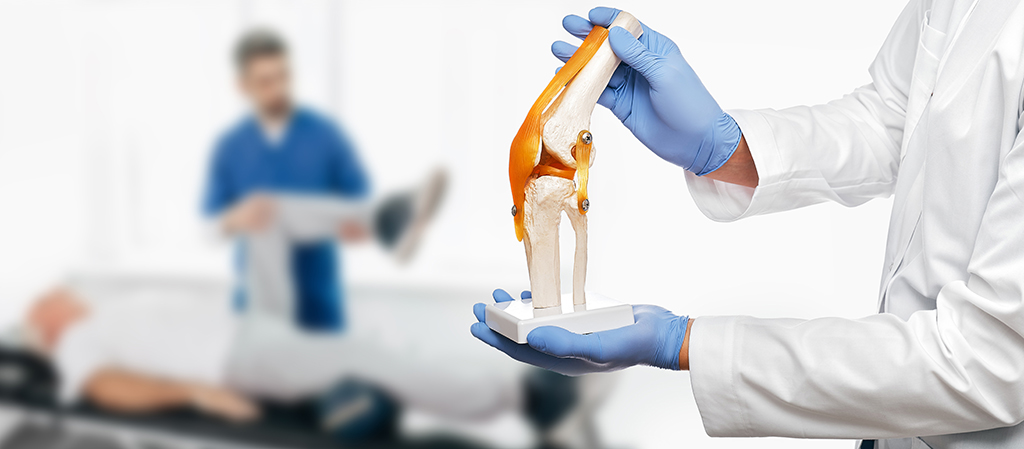The wonders of the nervous system: Prof. Orit Shefi will study the neural skeletal system under daily conditions

How can our skeletal system move continuously, year after year, without fading and wearing out? This question is explored by Prof. Orit Shefi and her research group, which recently received the HFSP Human Frontiers Research Grant.
Read more>>
In late April, Prof. Orit Shefi was informed that she was awarded the Human Frontiers Research Grant, an international fund that supports multidisciplinary projects seeking answers related to problems in life science. Prof. Shefi shares the $1.5M grant, distributed over three years, with three other research groups: Columbia University in New York, Hokkaido University in Japan, and The University of Pisa in Italy. “Human Frontiers supports new collaborations between up to four research groups from various countries and continents, all of which come together to research an issue that is significant to life sciences,” says Prof. Shefi. “It’s not an easy grant to get: from over 700 applicant projects, only 28 were accepted, and only two of them include groups from Israel – us, and another team from the Technion.”
The research group began to form in 2018 when Prof. Shefi was a guest of Prof. Henry Hess of Columbia University. It was there, at a conference, that she met Prof. Akira Kakugo of Hokkaido University. Shefi met their Italian partner, Prof. Vittoria Raffa from The University of Pisa, at a professional conference. When the group was finally formed, its members decided to explore the human nervous system under routine conditions. “The human body is constantly moving, for years and years, and we want to see what mechanisms keep and maintain the nervous system intact, functional, and operative under normal physiological stress,” she explains. “This is an important but neglected question. From an engineering perspective, it is practically a wonder, but it is hardly ever researched because most of the research focus is on rehabilitation after trauma; they overlook the obvious – what keeps us functioning under normal conditions and as we age. Two things we have to understand in this case are that one, the human nervous system does not renew itself - the human body hardly generates new nerve cells and damaged cells hardly manage to renew; two, the nervous system has the characteristics of electrical conductivity, so any research in this field must examine both the structure – how the cells keep themselves intact – and the electrical activity, how it continues to function over time.”
Each of the groups in the shared project comes from a different background. “My lab researches the nervous system, its development and regeneration post-trauma. As part of our work we also grow nerve cell systems in cultures, observe their structure and activity and develop rehabilitative platforms which we then test on model animals,” explains Prof. Shefi. “The Italian group works on biomechanics and applying mechanical force on cells. The New York group analyzes the movement of cellular skeletal fibers, the microtubules, and develops mathematical models. The Japanese team also works on microtubules and builds devices and components through which you can apply pressure on these fibers. Microtubules are important elements in the construction of the nervous system’s nerve cell skeleton, and that’s something that has never been researched before.”
“During the project, we will work together on building a soft component that emulates a human body part, one that can be jerked and swung about just like our bodies do naturally. We will grow nerve cells on the soft membranes, then move them about and accelerate the aging process from an engineering perspective, with the intention of tracing the damages done to all intercellular fibers. Once we have tired out the cells and made them undergo great stress, we will see what defects form, characterize the degree of damage, and most interesting of all – try to identify which mechanisms this system has for purposes of rehabilitation and upkeep during ongoing activity for future use,” says Prof. Shefi. “This field is called biomimetics, the mimesis of biological systems, or bio-inspired engineering.”
The new research will introduce a new field into Prof. Shefi’s lab, which complements its current activities of developing systems for nerve rehabilitation and promoting post-damage growth by applying mechanical and electrical stimuli. Moreover, it is an opportunity for lab students to work in international collaboration teams: a new PhD student has already joined the group in order to work on the project. “But what excites me most about the project is the story,” admits Prof. Shefi, “we take for granted our ability to run and move about freely for years and years. This is my chance to explore this mystery and try to find out how such an industrial miracle takes place.”
Last Updated Date : 08/06/2021



